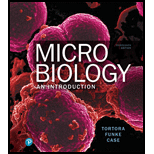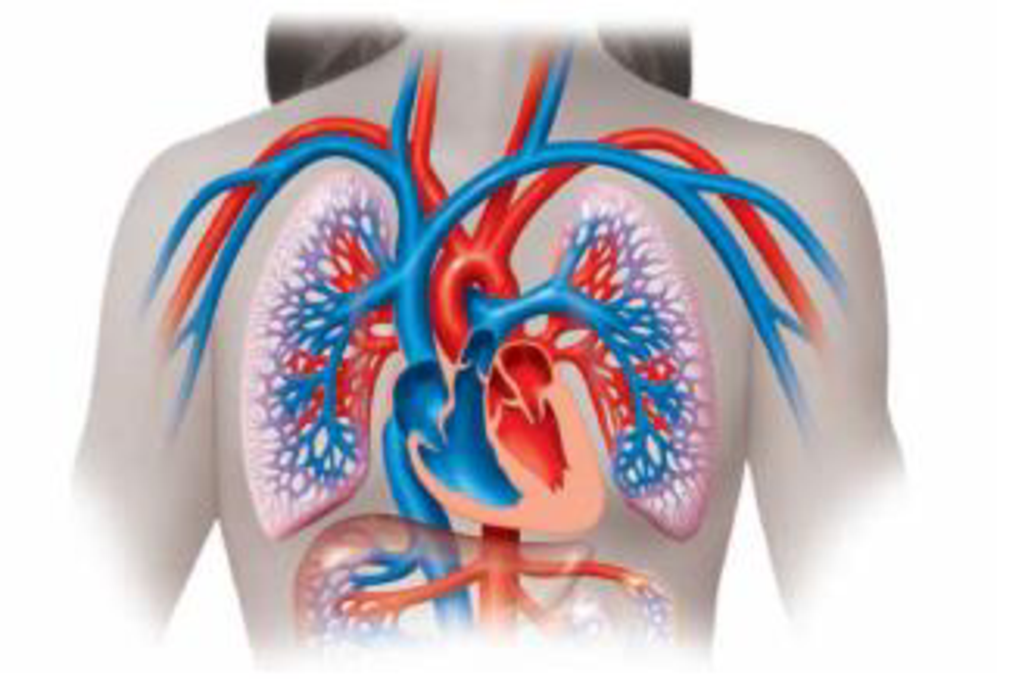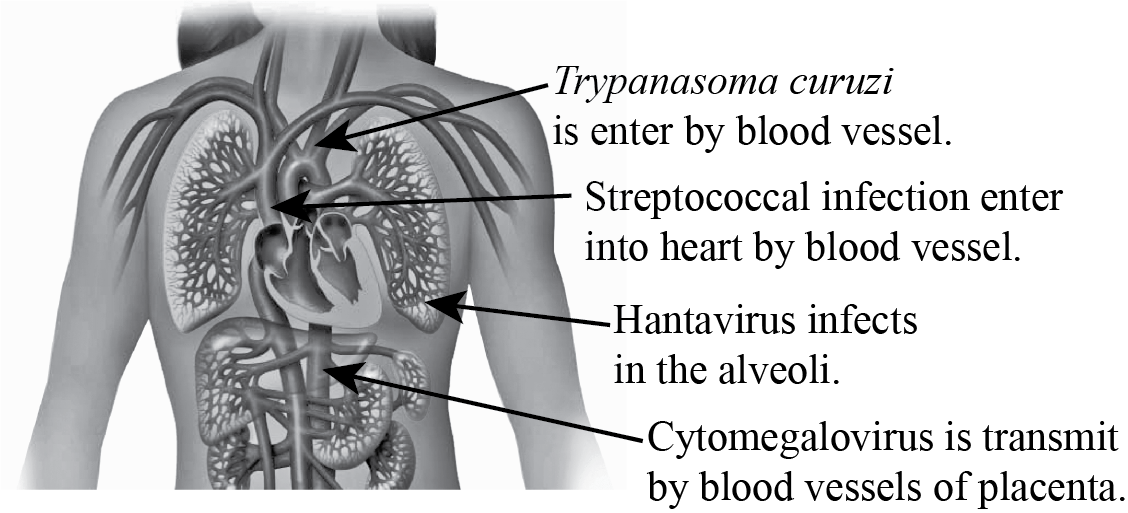
Identify the portals of entry for Trypanosoma cruzi, Hantavirus, and cytomegalovirus.

To review:
Streptococcal infection in the cardiovascular system and predict the entry of pathogens like Trypanosoma cruzi, Hantavirus, and cytomegalovirus into the pericardium.
Introduction:
Strep throat is a common infection caused by Streptococcal bacteria. Cytomegalovirus infects individuals with weak immune system and widely cause infections in infants. Trypanosoma cruzi cause Chagas disease and Hanta virus cause infection in pulmonary alveoli.
Explanation of Solution
Diagram:

Streptococcal infection mainly causes strep throat. Through blood vessels, the pathogen ultimately reaches the heart and cause infection in the cardiovascular system.
Cytomegalovirus is a form of herpes virus. It infects the person with weak immune system and it remains in humans throughout the life time. Mostly, it infects pregnant women and infants. This infection may also lead to miscarriages. Some of the symptoms are tiredness, fever, and fatigue.
Chagas disease is caused by Trypanosoma cruzi. This protozoa enter into the blood stream and infects other cells. Triatomine bug is an insect vector which helps in the transmission of disease. Swelling of the eyelid is a typical sign of Chagas disease. In the chronic phase of the disease, the infected individual develops symptoms like enlargement of the ventricles. This ultimately results in heart failure.
Hantavirus, also called as orthohantavirus, is a single stranded RNA virus that infects the humans. It mainly infects the alveoli of the lungs. This condition is known as a Hantavirus pulmonary syndrome. Hantavirus also has a tendency to affect the kidneys and heart, and ultimately hinder the proper functioning of these organs.
Trypanosoma cruzi, Hantavirus and cytomegalovirus infects the cardiovascular system and their entries are shown in the diagram.
Want to see more full solutions like this?
Chapter 23 Solutions
Microbiology: An Introduction (13th Edition)
Additional Science Textbook Solutions
Biology: Life on Earth with Physiology (11th Edition)
SEELEY'S ANATOMY+PHYSIOLOGY
Organic Chemistry
Fundamentals Of Thermodynamics
Laboratory Manual For Human Anatomy & Physiology
- Can I please get this answered with the colors and how the R group is suppose to be set up. Thanksarrow_forwardfa How many different gametes, f₂ phenotypes and f₂ genotypes can potentially be produced from individuals of the following genotypes? 1) AaBb i) AaBB 11) AABSC- AA Bb Cc Dd EE Cal bsm nortubaarrow_forwardC MasteringHealth MasteringNu × session.healthandnutrition-mastering.pearson.com/myct/itemView?assignment ProblemID=17396416&attemptNo=1&offset=prevarrow_forward10. Your instructor will give you 2 amino acids during the activity session (video 2-7. A. First color all the polar and non-polar covalent bonds in the R groups of your 2 amino acids using the same colors as in #7. Do not color the bonds in the backbone of each amino acid. B. Next, color where all the hydrogen bonds, hydrophobic interactions and ionic bonds could occur in the R group of each amino acid. Use the same colors as in #7. Do not color the bonds in the backbone of each amino acid. C. Position the two amino acids on the page below in an orientation where the two R groups could bond together. Once you are satisfied, staple or tape the amino acids in place and label the bond that you formed between the two R groups. - Polar covalent Bond - Red - Non polar Covalent boND- yellow - Ionic BonD - PINK Hydrogen Bonn - Purple Hydrophobic interaction-green O=C-N H I. H HO H =O CH2 C-C-N HICK H HO H CH2 OH H₂N C = Oarrow_forwardFind the dental formula and enter it in the following format: I3/3 C1/1 P4/4 M2/3 = 42 (this is not the correct number, just the correct format) Please be aware: the upper jaw is intact (all teeth are present). The bottom jaw/mandible is not intact. The front teeth should include 6 total rectangular teeth (3 on each side) and 2 total large triangular teeth (1 on each side).arrow_forward12. Calculate the area of a circle which has a radius of 1200 μm. Give your answer in mm² in scientific notation with the correct number of significant figures.arrow_forwardDescribe the image quality of the B.megaterium at 1000X before adding oil? What does adding oil do to the quality of the image?arrow_forwardWhich of the follwowing cells from this lab do you expect to have a nucleus and why or why not? Ceratium, Bacillus megaterium and Cheek epithelial cells?arrow_forward14. If you determine there to be debris on your ocular lens, explain what is the best way to clean it off without damaging the lens?arrow_forward11. Write a simple formula for converting mm to μm when the number of mm's is known. Use the variable X to represent the number of mm's in your formula.arrow_forward13. When a smear containing cells is dried, the cells shrink due to the loss of water. What technique could you use to visualize and measure living cells without heat-fixing them? Hint: you did this technique in part I.arrow_forward10. Write a simple formula for converting μm to mm when the number of μm's are known. Use the variable X to represent the number of um's in your formula.arrow_forwardarrow_back_iosSEE MORE QUESTIONSarrow_forward_ios
- Health Safety And Nutrition F/Young ChildHealth & NutritionISBN:9781305144767Author:MAROTZPublisher:Cengage
 Medical Terminology for Health Professions, Spira...Health & NutritionISBN:9781305634350Author:Ann Ehrlich, Carol L. Schroeder, Laura Ehrlich, Katrina A. SchroederPublisher:Cengage Learning
Medical Terminology for Health Professions, Spira...Health & NutritionISBN:9781305634350Author:Ann Ehrlich, Carol L. Schroeder, Laura Ehrlich, Katrina A. SchroederPublisher:Cengage Learning  Comprehensive Medical Assisting: Administrative a...NursingISBN:9781305964792Author:Wilburta Q. Lindh, Carol D. Tamparo, Barbara M. Dahl, Julie Morris, Cindy CorreaPublisher:Cengage Learning
Comprehensive Medical Assisting: Administrative a...NursingISBN:9781305964792Author:Wilburta Q. Lindh, Carol D. Tamparo, Barbara M. Dahl, Julie Morris, Cindy CorreaPublisher:Cengage Learning





